Beautiful oil on canvas painting depicting young noblewoman sitting outdoors with a bouquet of flowers in her hand and a cage on the ground, by the great English artist George Lance.
George Lance (March 24, 1802 - June 18, 1864) was an English painter of still life and open air portraits.
Lance was born in the old manor house in Little Easton, Essex.
His father was William Lance, who served with a cavalry regiment and later became inspector of the Bow Street Horse Patrol. His mother, Louisa Lucy Constable, with whom his father had run away from boarding school, was the daughter of Colonel Constable of Beverley in Yorkshire.
Although Lance showed a predilection for art from an early age, he was placed, not yet 14, in a factory in Leeds.
The work, however, damaged his health and he returned to London.
One day, upon entering the British Museum, he casually struck up a conversation with Charles Landseer, who happened to be there drawing.
Learning that Landseer was a pupil of Benjamin Haydon, he went early the next morning to the painter's residence and asked to become his pupil.
Not many days later Lance, not yet 14 years old, entered Haydon's studio and remained there for seven years, simultaneously studying in the Royal Academy schools.
While designing a painting inspired by Homer's Iliad, he decided to paint some fruits and vegetables as evidence.
This work attracted the attention of Sir George Beaumont, who bought it, and the success prompted him to paint another still life work, which he sold to the Earl of Shaftesbury.
He later painted two fruit baskets for the Duke of Bedford as decorations for a summer house at Woburn Abbey, and his work proved so profitable that he decided to turn to still life painting.
He began exhibiting in 1824, when he sent "A Fruit Boy" to the British Institution and "The Mischievous Boy" and two still lifes to the Society of British Artists.
In 1828 he exhibited for the first time at the Royal Academy, showing a still life with an attached quotation from Samuel Butler's "Hudibras"
His drawing Portrait of Emily Augusta Patmore (c. 1834) is now in the collection of the British Museum.
Although he gained fame primarily as a painter of fruit and flowers, Lance sometimes produced historical and genre works, and his painting of "Melanchthon's First Perplexities about the Church of Rome" won the Liverpool Academy prize in 1836.
His works appeared most frequently at British Institution exhibitions, to which he contributed 135 paintings; he also sent 48 works to the Society of British Artists and 38 to the Royal Academy.
Each item in our Gallery is accompanied by a certificate of authenticity issued by Sabrina Egidi Expert of the Court and the C.C.I.A.A. of Rome.
This painting comes from a private collection and is therefore unpublished on the market.
The painting comes with a beautiful wooden frame and coeval pure gold gilded pastille
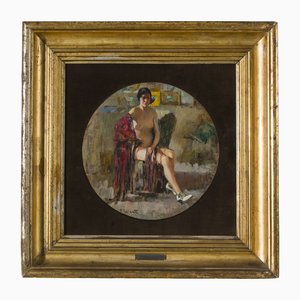
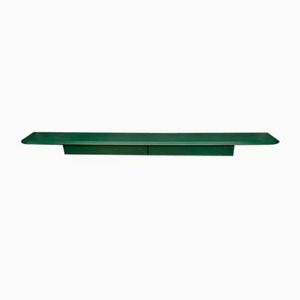
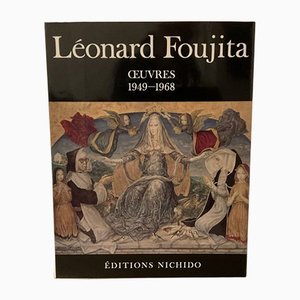


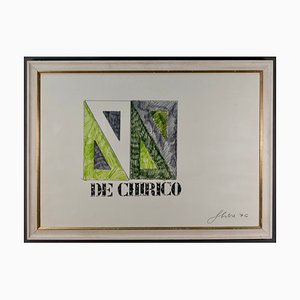
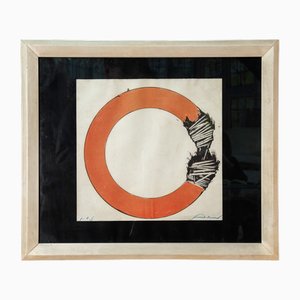
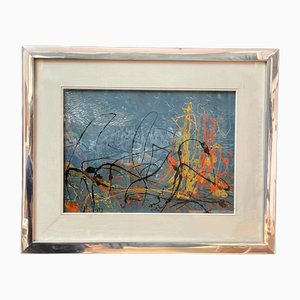



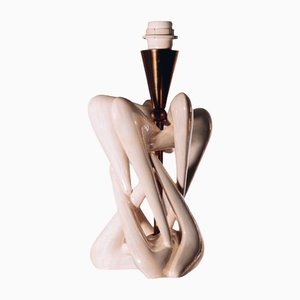

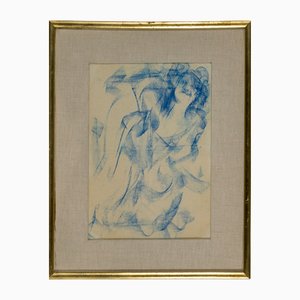
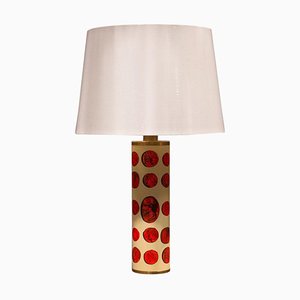

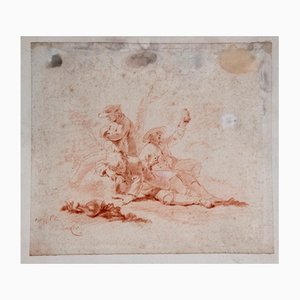



Get in Touch
Make An Offer
We noticed you are new to Pamono!
Please accept the Terms & Conditions and Privacy Policy
Get in Touch
Make An Offer
Almost There!
To follow your conversation on the platform, please complete the registration. To proceed with your offer on the platform, please complete the registration.Successful
Thanks for your inquiry, someone from our team will be in touch shortly
If you are a Design Professional, please apply here to get the benefits of the Pamono Trade Program